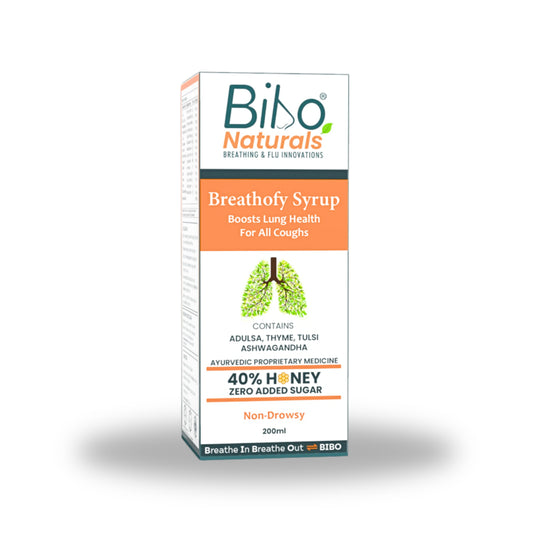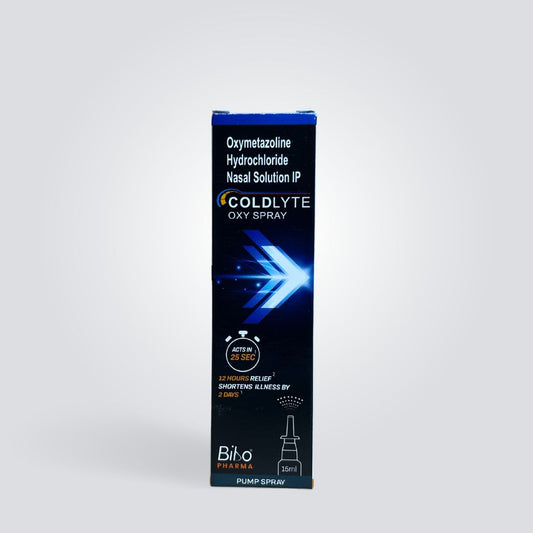
Do you feel your inhaler is doing no good to you? Have you ever wondered why?
Many people may feel that their inhaler is not working for them, but the real reason would be that they are using it all wrong.
Well, let's find out if you are using your inhaler correctly, and if not, what is the proper way to use them.
What is an inhaler?
Inhalers are the most commonly used devices for managing respiratory conditions like asthma and Chronic Obstructive Pulmonary Disease (COPD). Different types of inhalers are used these days based on your need. In today's blog, we will learn more about a type of inhaler called a Dry Powder Inhaler (DPI). We will also explore how it works, what are its advantages and disadvantages, and the correct way of using them.
What is a Dry Powder Inhaler?
A dry powder inhaler (DPI) is a type of inhaler which delivers medicine in the form of dry powder. DPIs are generally available as single-dose inhalers and multiple-dose inhalers. In single-dose inhalers, the powdered medicine is present in a capsule, which has to be broken inside the inhaler. In a multiple-dose inhaler, the medicine is already present in pre-metered dose in powder form.
These inhalers are breath-actuated, which means the medicine directly reaches the airways when you take a deep and forceful breath from the inhaler.
What are the advantages of DPIs?
- DPIs are portable, convenient and easy to use.
- Helps deliver drugs or medicine directly to the lungs.
- Doesn’t require hand-breath coordination.
- DPIs are propellant-free, which makes them more environment friendly compared to MDIs (Metered Dose Inhalers)
What are the disadvantages of DPIs?
- A deep and forceful inhalation technique is required, which can be challenging for elderly individuals and in case of asthma flare-ups (asthma attacks).
What are the commonly used medicines in Dry Powder Inhalers?
Inhalers commonly contain medicines used to manage and control respiratory issues like asthma and COPD. Bronchodilators and corticosteroids are the most common medicines delivered via DPIs.
Bronchodilators are medicines that help open the airways, while corticosteroids help reduce airway inflammation.
How to use a DPI?
When using any inhaler, it is very important to follow the instructions given by your healthcare provider or doctor to get the right dose of the medicine for maximum benefits. If you aren't using your inhaler properly, little or no medicine may reach your lungs, and hence you may not get any benefit from using the inhaler.
Step 1: Prepare the inhaler or load the medicated dose
Remove the cover or cap from the DPI and check the dose counter (if it has one) to make sure that you have enough medication for your dose. Hold the inhaler with the mouthpiece facing you, and then load a dose of medication by twisting or sliding the lever on the device.
The multi-dose DPIs are typically preloaded and can be activated by the click of the device whereas the single-dose DPIs are not preloaded. Capsules containing medicine have to be dropped inside the chamber and activated by crushing the capsule inside the chamber.
Step 2: Exhale
Take a deep breath and exhale completely. This is one of the main steps while using a DPI.
Step 3: Inhale
Place the mouthpiece in your mouth and form a tight seal around it with your lips. Inhale deeply and quickly through your mouth, taking in the medication. Do not exhale into the inhaler.
Step 4: Hold your breath
Hold your breath for about 5-10 seconds, or for as long as you comfortably can, to allow the medication to reach deep into your lungs.
Step 5: Exhale
Exhale slowly through your mouth.
Step 6: Clean the inhaler
After using the inhaler, wipe the mouthpiece with a clean, dry cloth or tissue. Do not wash the inhaler with water.
References:
1. Levy ML, Carroll W, Izquierdo Alonso JL, Keller C, Lavorini F, Lehtimäki L. Understanding Dry Powder Inhalers: Key Technical and Patient Preference Attributes. Adv Ther. 2019 Oct;36(10):2547-2557. doi: 10.1007/s12325-019-01066-6. Epub 2019 Sep 2. PMID: 31478131; PMCID: PMC6822825.
2. Crompton GK. Dry powder inhalers: advantages and limitations. J Aerosol Med. 1991 Fall;4(3):151-6. doi: 10.1089/jam.1991.4.151. PMID: 10147676.
3. https://www.sciencedirect.com/science/article/abs/pii/B9780128149744000055




